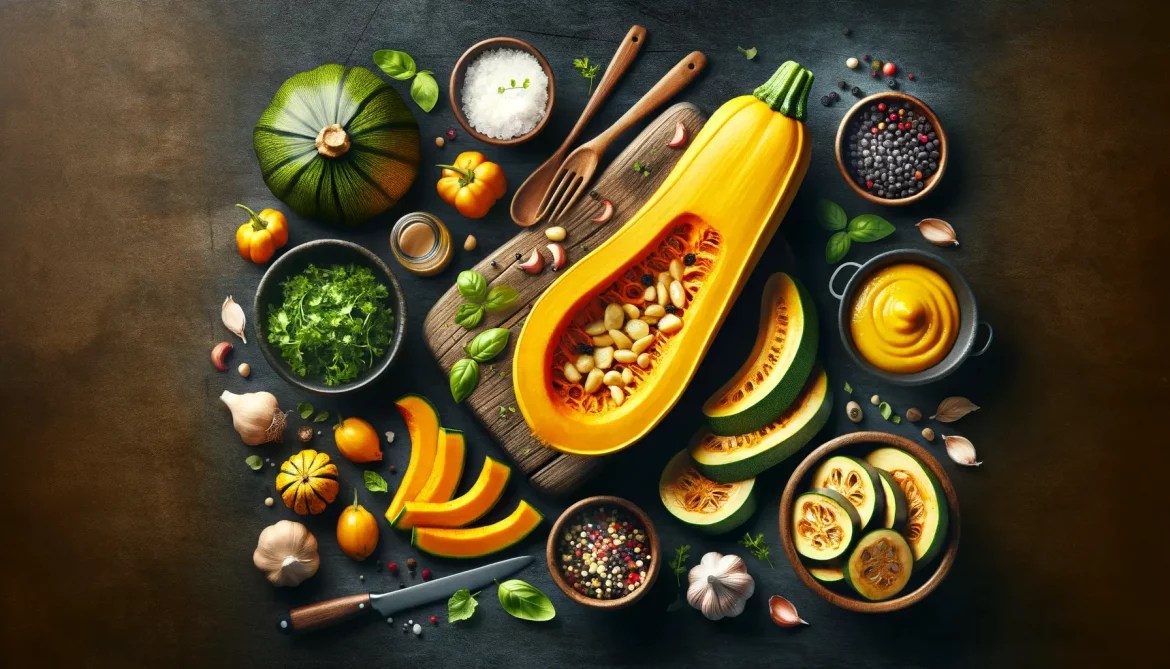Banana Squash: A Versatile and Delicious Vegetable
What is Banana Squash?
Banana squash is a unique and versatile vegetable that can be enjoyed in a variety of ways. It is a member of the Cucurbita family, which also includes pumpkins, zucchini, and cucumbers. Banana squash is characterized by its elongated shape, smooth outer skin, and firm, meaty flesh. It can vary in color from pinkish-orange to bluish-gray or even solid yellow, depending on the cultivar.
Varieties of Banana Squash
There are several varieties of banana squash, including:
- Pink banana squash: Also known as Mexican Banana or Plymouth Rock, this variety has pinkish-orange skin with flesh-colored stripes.
- Rainbow banana squash: A hybrid variety with a colorful mix of yellow, orange, and green stripes.
- Heirloom banana squash: These varieties, such as Sibley or Pike’s Peak, have been passed down for generations and offer unique flavors and characteristics.
- Blue banana squash: This variety has a bluish-gray skin and sweet, creamy flesh.
- Yellow banana squash: A solid yellow variety with a mild, nutty flavor.
How to Grow Banana Squash
Growing banana squash is relatively easy, but it does require some space. The vines can reach up to 15 feet in length, so it’s important to provide them with plenty of room to grow.
- Choose a planting site: Banana squash prefers well-drained soil with plenty of sunlight.
- Prepare the soil: Amend the soil with compost or manure to improve fertility.
- Sow the seeds: Plant the seeds 3/4 to 1 inch deep and water them well.
- Thin the seedlings: Once the seedlings have two or three sets of leaves, thin them out to 9-12 inches apart.
- Fertilize: Fertilize the plants with a high nitrogen fertilizer after the first flowers set and again three or four weeks later.
- Water: Banana squash plants need regular watering, especially during hot, dry weather.
- Protect the fruit: Place a plank or board under the squash to keep it off the ground and prevent spoiling.
- Harvest: Harvest the squash when it is between 12-16 inches long by cutting it from the stem.
Cooking with Banana Squash
Banana squash is a versatile vegetable that can be cooked in a variety of ways. It can be roasted, steamed, sautéed, or baked. Here are a few ideas for banana squash recipes:
- Roasted banana squash: Simply roast the squash cubes with olive oil, salt, and pepper until tender and caramelized.
- Steamed banana squash: Steam the squash cubes until tender and then mash them with butter, milk, and spices.
- Sautéed banana squash: Sauté the squash cubes in a pan with onion, garlic, and your favorite spices.
- Banana squash soup: Puree roasted or steamed banana squash with vegetable broth, milk, and seasonings.
- Banana squash pie: Use mashed banana squash as a filling for a delicious and unique pie.
Health Benefits of Banana Squash
Banana squash is a nutritious vegetable that offers a variety of health benefits. It is a good source of:
- Vitamin A: Essential for vision, immune function, and skin health.
- Vitamin C: A powerful antioxidant that protects against cell damage.
- Fiber: Promotes digestive health and helps lower cholesterol levels.
- Potassium: Helps regulate blood pressure and heart function.
- Magnesium: Supports muscle and nerve function.
Storage and Preservation
Banana squash can be stored for up to six months in a cool, dry place with good air circulation. To preserve banana squash, you can also freeze it in cubes or slices.
